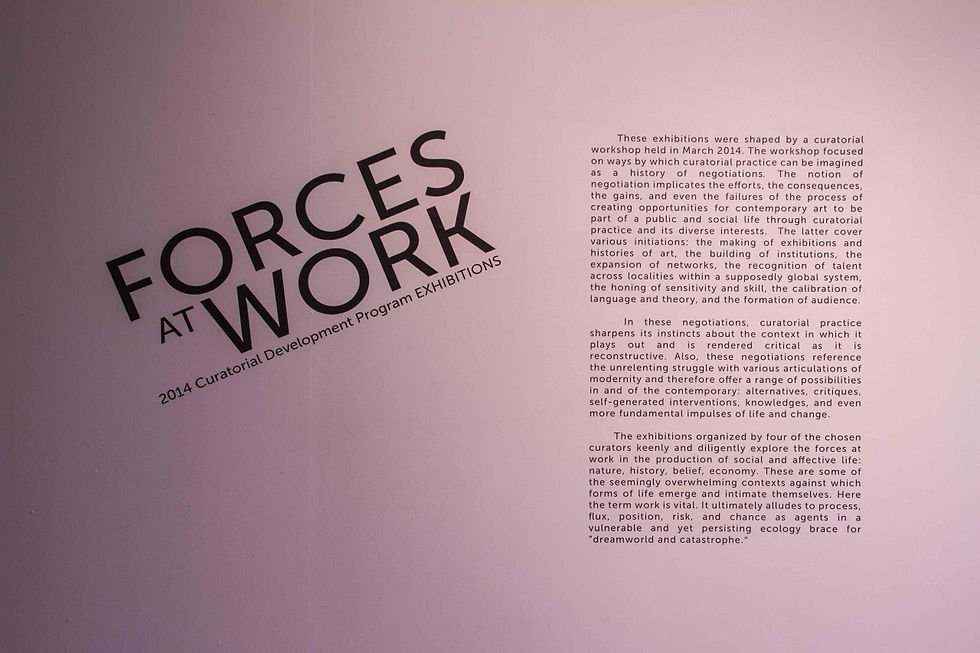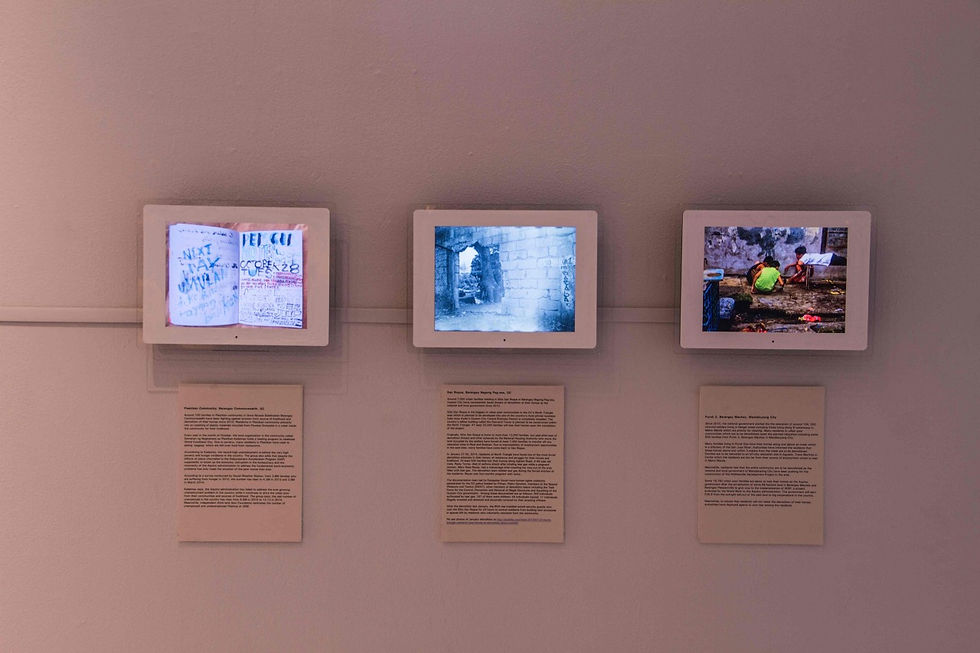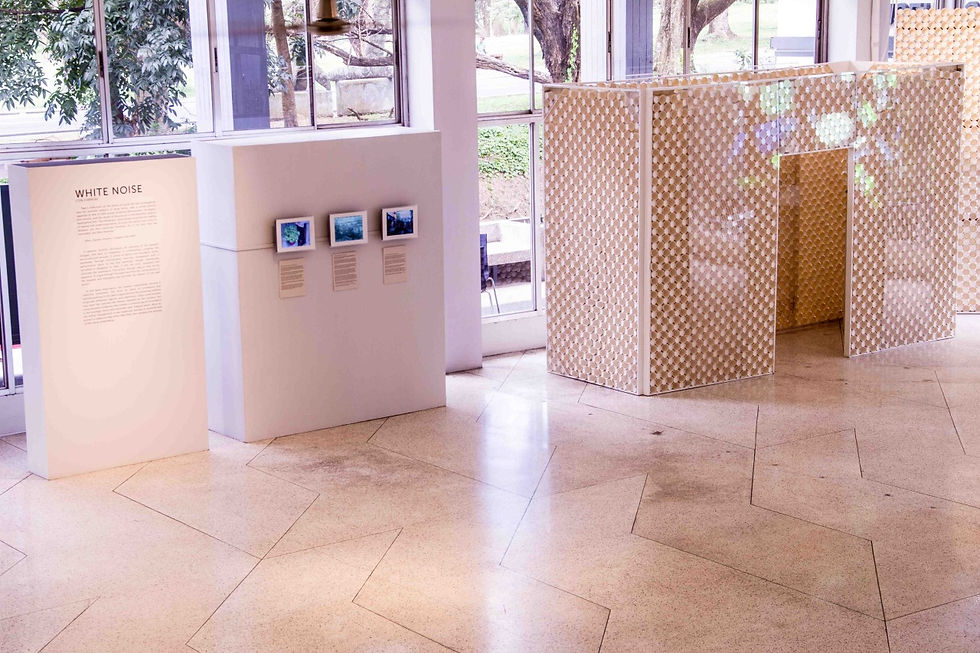Curatorial Projects
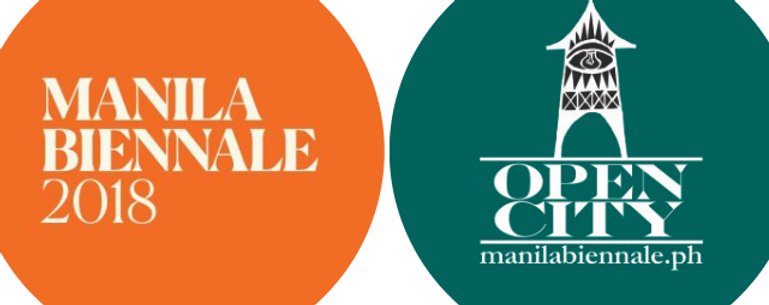
MANILA BIENNALE 2018: OPEN CITY
Intramuros, Manila • 3 February - 5 March 2018
Heralded as the “first art experience festival in the history of the city”, Intramuros was reinvented as a vast art exposition. Carlos Celdran, artist, activist, and executive director of the event, stresses the urgency and relevance of this artistic intervention, which has been going under slogan, “Bring back the soul of the city." Adding that "It’s time to put the city on show. Intramuros is the origin of our city’s identity. The walled city was Manila’s first depository and laboratory for art and science. Unfortunately, since it’s destruction back in 1945, the walled city’s relevance and history has been all but forgotten. I’m hoping that the biennale will re- establish Intramuros’ role in the development of our capital’s culture and identity.”
Throughout the history of Manila since 1571, Intramuros has played colonial bastion, military fortification, seat of government and religion, residential area, and as of late, a tourist attraction. Intramuros’ famous parks and gardens, as well as a newly constructed venue that has not yet been unveiled to the public, played the new role of art exhibition space.The theme of this year’s festival is “Open City,” which references December 26, 1945, a vulnerable period in Manila’s history during World War II. The term Open City takes on a new meaning today according to the creative interpretation of this year’s curators and artists. “It may reference open minds, open dialogues, open markets, and any metaphor that which connotes freedom of speech, freedom of thought and the open exchange of ideas.
This is the first contemporary art biennale for the Philippines. The tradition of holding a biennale — which literally means “every other year”– was first conceived in Venice, Italy, in 1895. Several other cities have followed the Venice archetype since then, the most famous of which are the Whitney Biennale in New York City, the Sydney Biennale, Manifesta in Europe, and Dokumenta in Germany. As opposed to an art fair, a Biennale’s primary purpose is to put the host city as a platform for contemporary artistic expression.
Exhibition program curators: Ringo Bunoan, Con Cabrera, Cocoy Lumbao and Alice Sarmiento

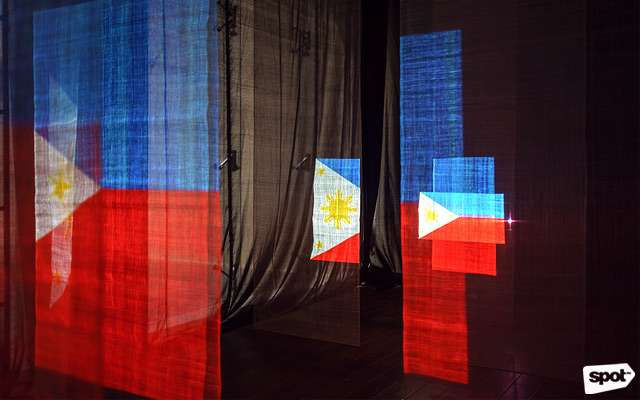
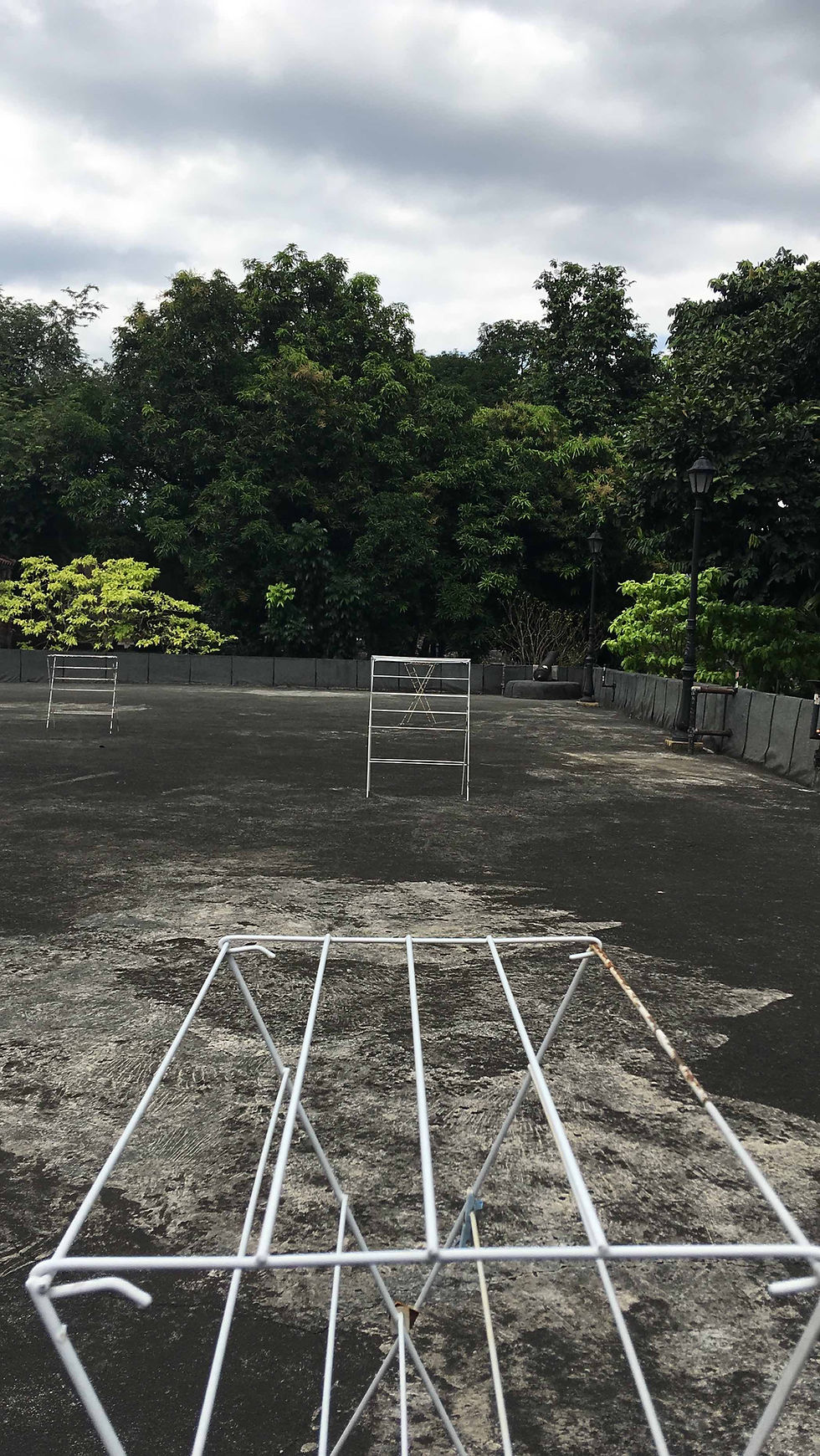


WHITE NOISE
Vargas Museum • 2 December 2013 to 28 January 2014
“Man’s reflections on the forms of social life and consequently also his scientific analysis of those forms, take a course directly opposite to that of their actual historical development. He begins, post festum, with the results of the process of development ready to hand before him. The characters … have already acquired the stability of natural self-understood forms of social life, before man seeks to decipher not their historical character, for in his eyes they are immutable, but their meaning.”
- Marx, Capital, Volume I, Chapter One (1867)
A national situation discussion, an overview of the peasant struggle, and day/s of integration in communities comprise the pre-production process. It aimed to distort the bourgeois artists’ worldview through ethnographic exercise. Juxtaposed with a performance piece in the late seventies, though strategically secluded to disappear in view, it sets the tone, compares and contrasts the experience. The action, though, may or may not be apparent. To maze through the space and find the conversations of the tangible (artworks) and intangible (sound) may provoke the analysis of the said action.
In the same importance, the creation undoubtedly secured a collective movement. The thirst for sense of community and national practice in the past is quenched by the prevailing tradition of groups, initiatives, regions, and communes. Class-consciousness may have not reached the Marxist standard at the moment, but consciousness of identity that exhibit a common sense of solidarity is felt amongst those who extended their helping hands. More so, the artists’ engagement in the organized attempt to promote and protect a collective idea other than their own validates the premise of the whole undertaking.
